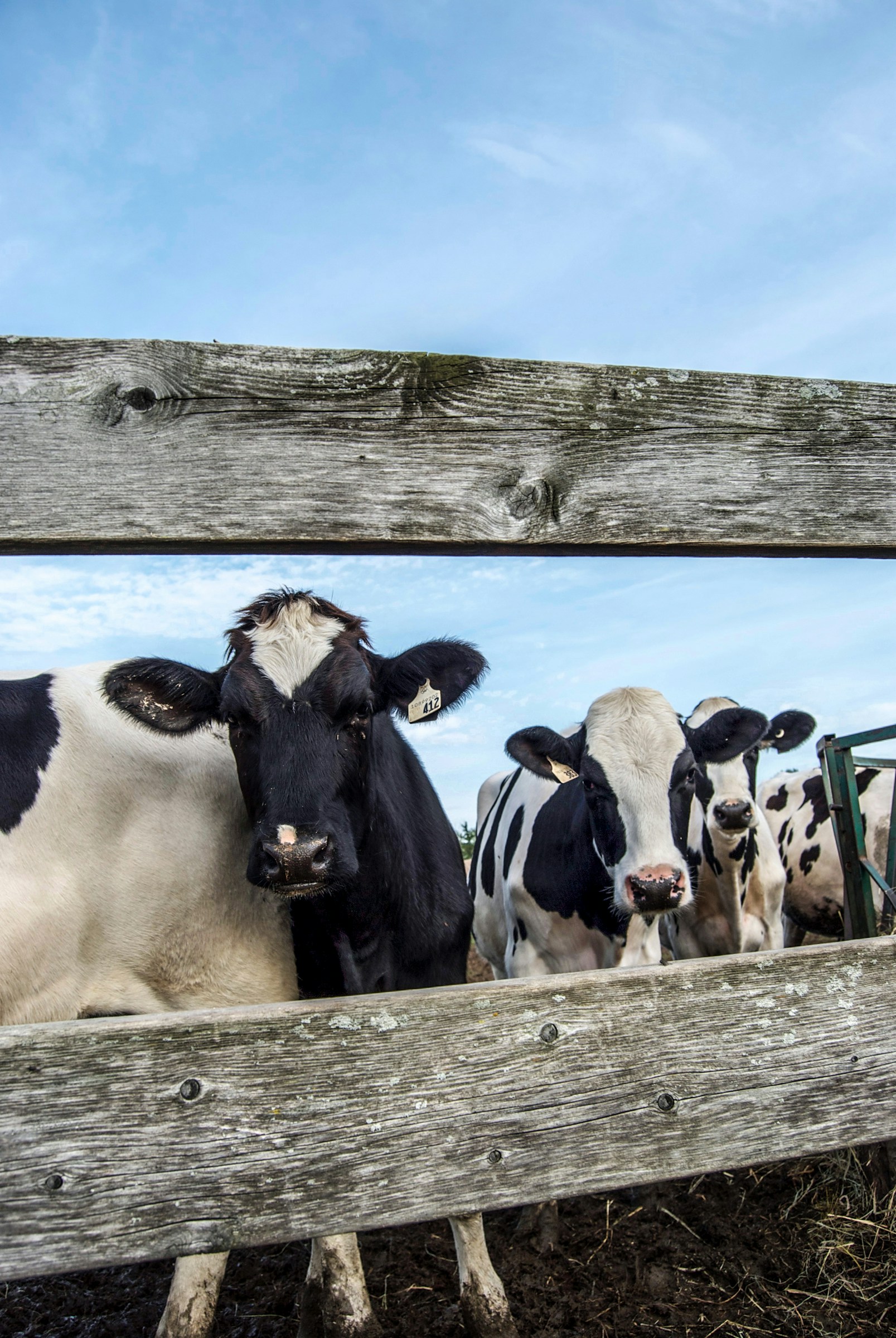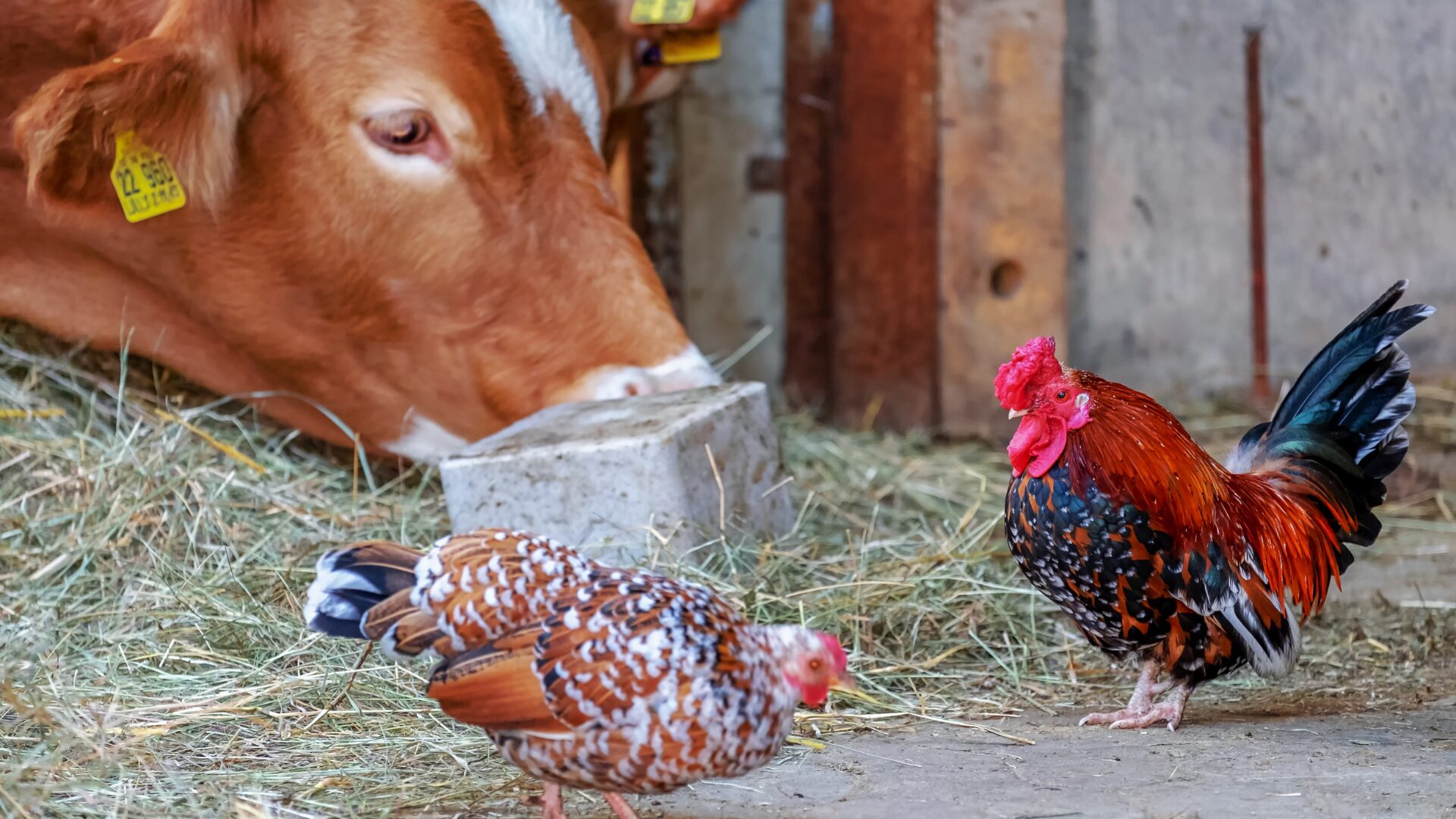Researchers have sounded the alarm on the potential for a new pandemic, thanks to three factors that could become intertwined: the animals humans eat, antimicrobial resistance, and the subsequent potential for so-called “superbugs.” In short, a new pandemic could be triggered by the animals we eat.
The World Health Organization estimates resistant diseases could cause up to 10 million deaths each year by 2050.
“There is a big pandemic waiting to happen in the form of antimicrobial resistance,” said Rajaraman Eri, a professor from Australia’s RMIT University, who co-wrote an article on the matter.
“We’re going to face a situation in the world where we will run out of antibiotics. That means we will not be able to treat infections,” added Eri, who is also a veterinarian.
Asia is a hotspot of antimicrobial resistance in animals, with Southeast Asia being a particular focus, the research team noted. There are more than 2.9 billion chickens in that region alone.
The problem occurs when microorganisms develop resistance to antimicrobial agents to which they are exposed.
“On the farm, the presence of antibiotics in food, soil, water run-off and animal waste can contribute to this resistance developing,” said microbiologist Dr Charmaine Lloyd from RMIT.
“The overuse and misuse of antimicrobial drugs, especially for growth promotion in healthy animals, have resulted in the increased rate of resistance.”
“Since resistant bacteria in animals may be transferred to humans through the food chain or by direct contact, this transmission pathway highlights the connection between human and animal health, emphasizing the need to address antimicrobial resistance in food animals.”
The team has a handful of recommendations for policymakers in various countries to address antimicrobial resistance and residue in animals. Those steps include the following:
- Recognize the difference between residue and resistance
- Collaborate regionally and develop tailored strategies
- Implement country-specific awareness campaigns, and robust surveillance
- Foster international cooperation and initiatives
- Strengthen public health systems and preparedness
- Promote innovation and research in alternative antimicrobial solutions












